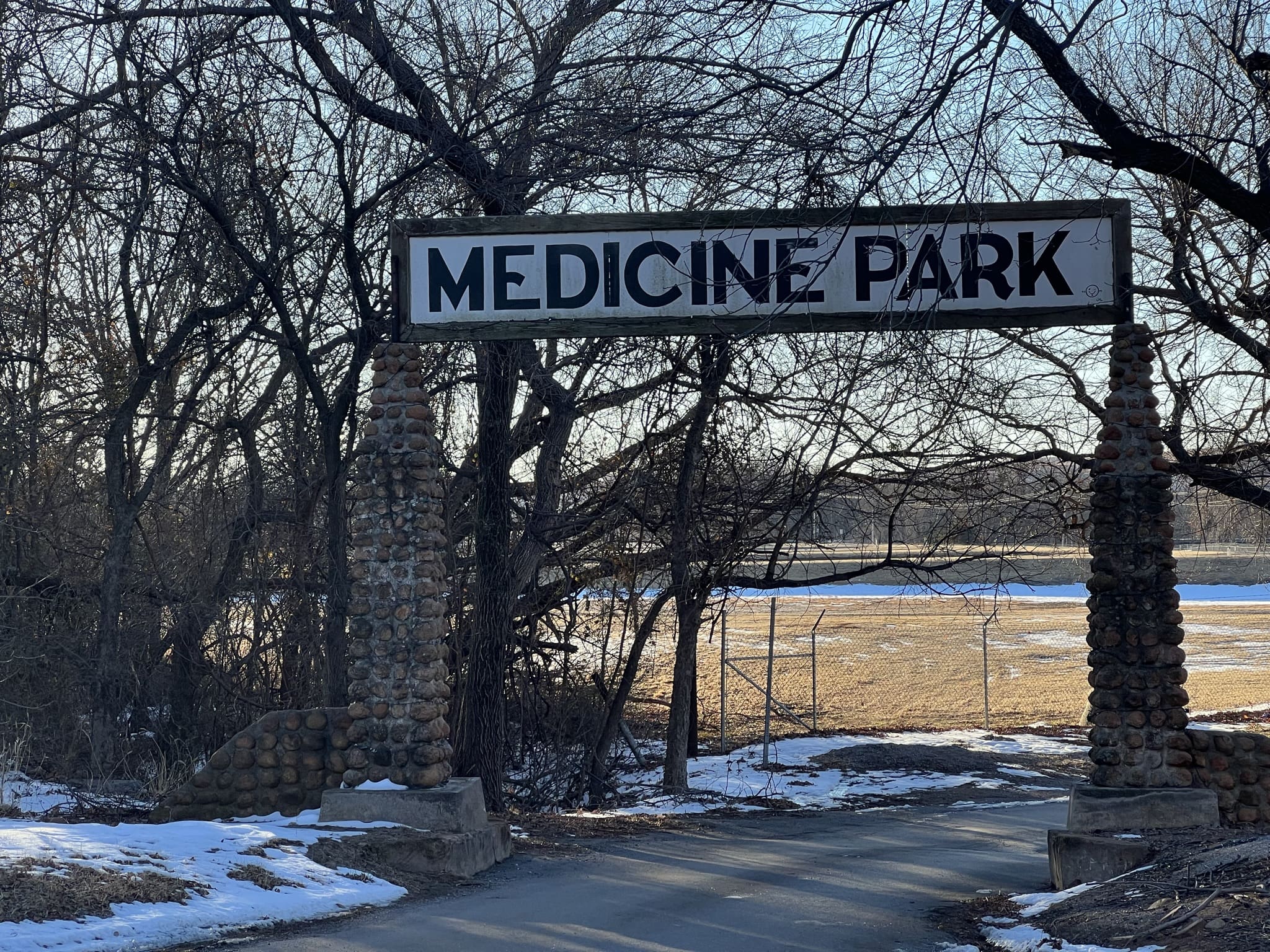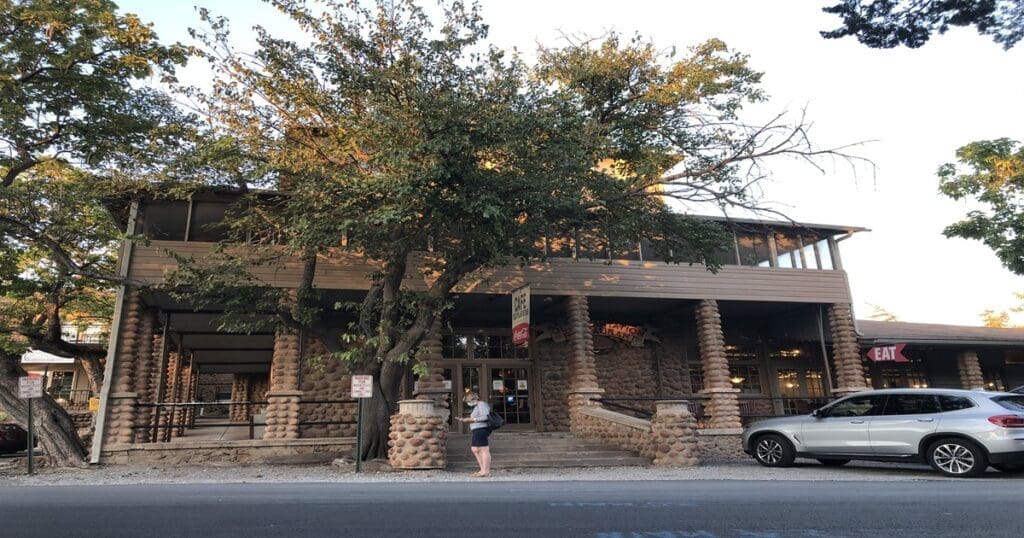Nestled in the Wichita Mountains of southwest Oklahoma, Medicine Park holds the distinction of being the state’s first planned resort town. Founded in 1908 by U.S. Senator Elmer Thomas, the town was envisioned as a rustic getaway where natural beauty met modern leisure. Its unique character was shaped early on by the use of locally quarried round red cobblestones, a defining feature of its architecture that remains iconic to this day.
About Medicine Park
Medicine Park was built along the spring-fed Medicine Creek, offering visitors a cool and scenic escape from the Oklahoma heat. It quickly grew in popularity, attracting soldiers from nearby Fort Sill, families seeking summer retreats, and a colorful cast of musicians, politicians, and even outlaws during the rowdy days of Prohibition. Dance halls, bathhouses, and inns gave the town a reputation for entertainment, while its beautiful setting made it a favorite among artists and writers.

Through the early 20th century, the town bustled with activity. However, by the mid-century, Medicine Park fell into economic decline. Many historic buildings fell into disrepair, and the once-vibrant village grew quiet. But beginning in the 1990s, a local revival took root. Restoration projects, tourism investments, and a renewed appreciation for the town’s unique cobblestone charm sparked a renaissance.
Today, Medicine Park has reemerged as a cultural and recreational destination. Visitors can enjoy hiking and wildlife viewing in the nearby Wichita Mountains Wildlife Refuge, explore art galleries and boutique shops, attend seasonal festivals, or simply relax along the creekside boardwalk. With a blend of Old West history, natural beauty, and small-town hospitality, Medicine Park continues to capture the hearts of travelers over a century after its founding.

Learn More:

